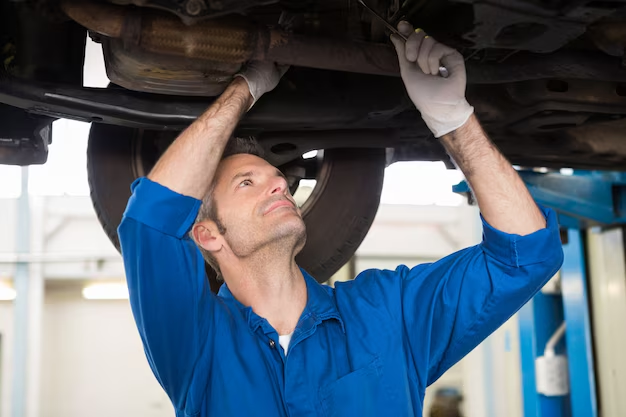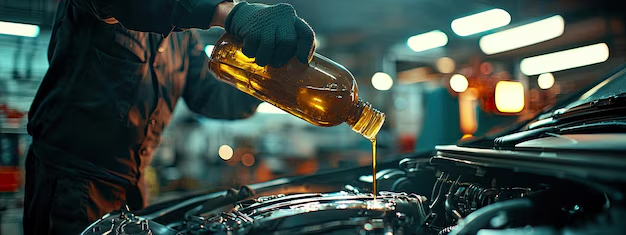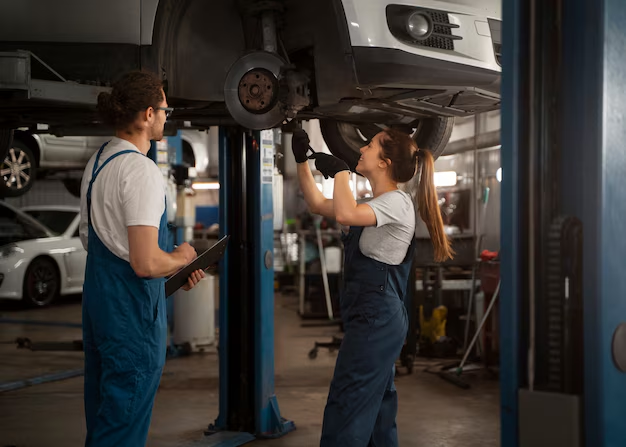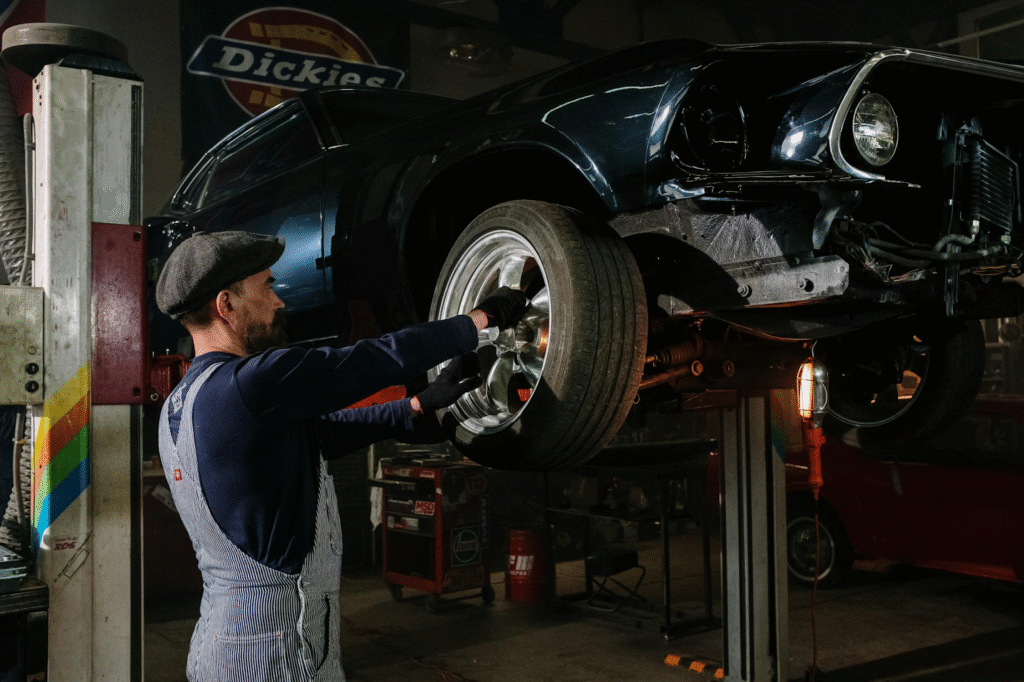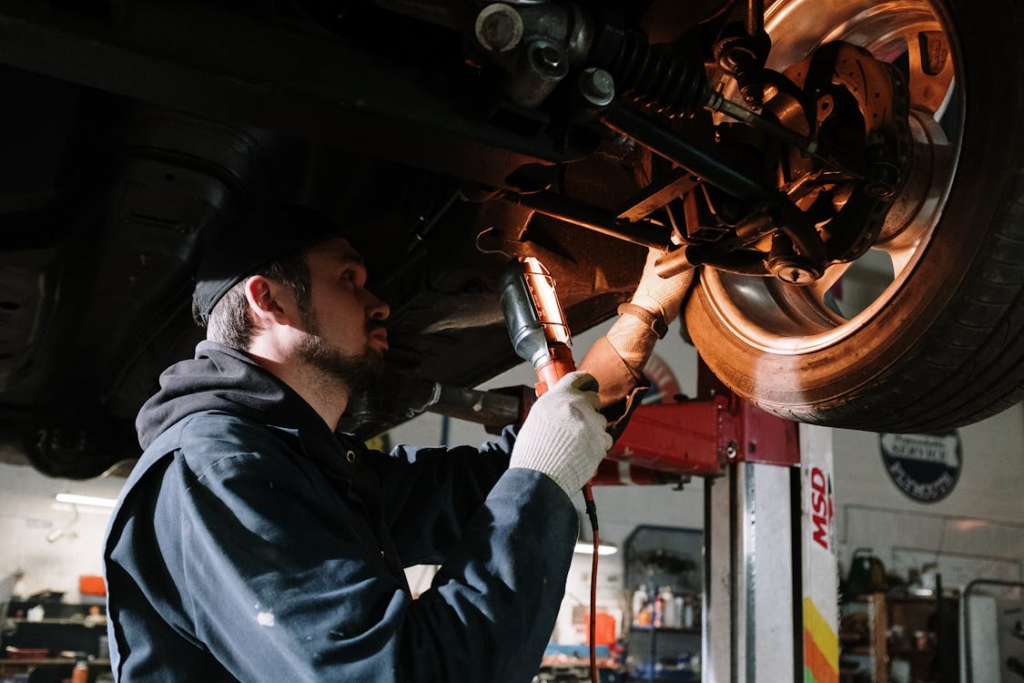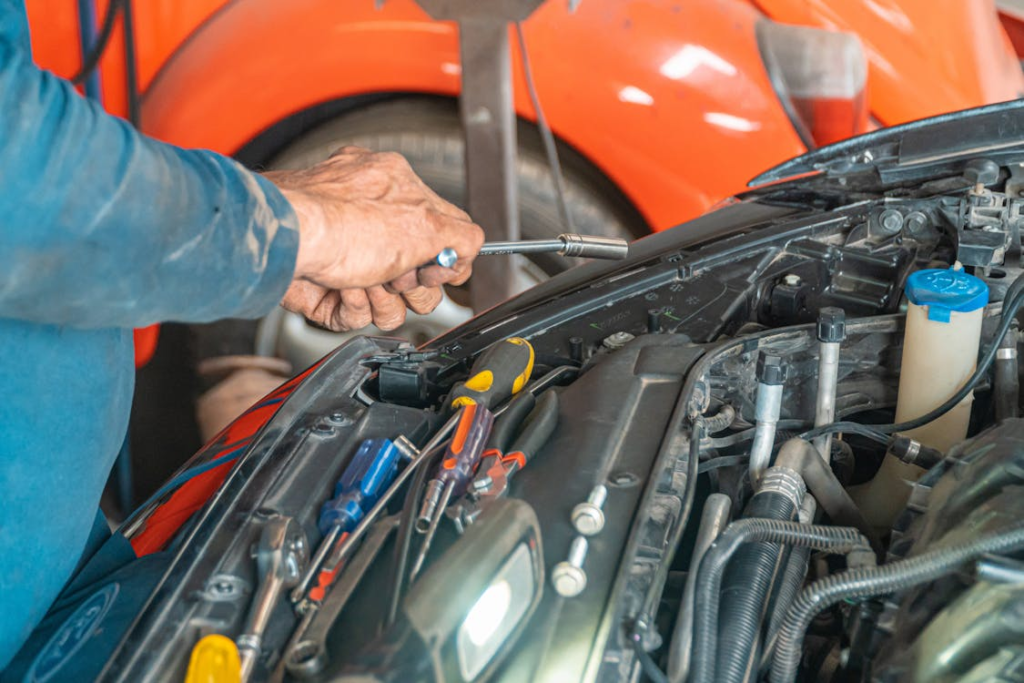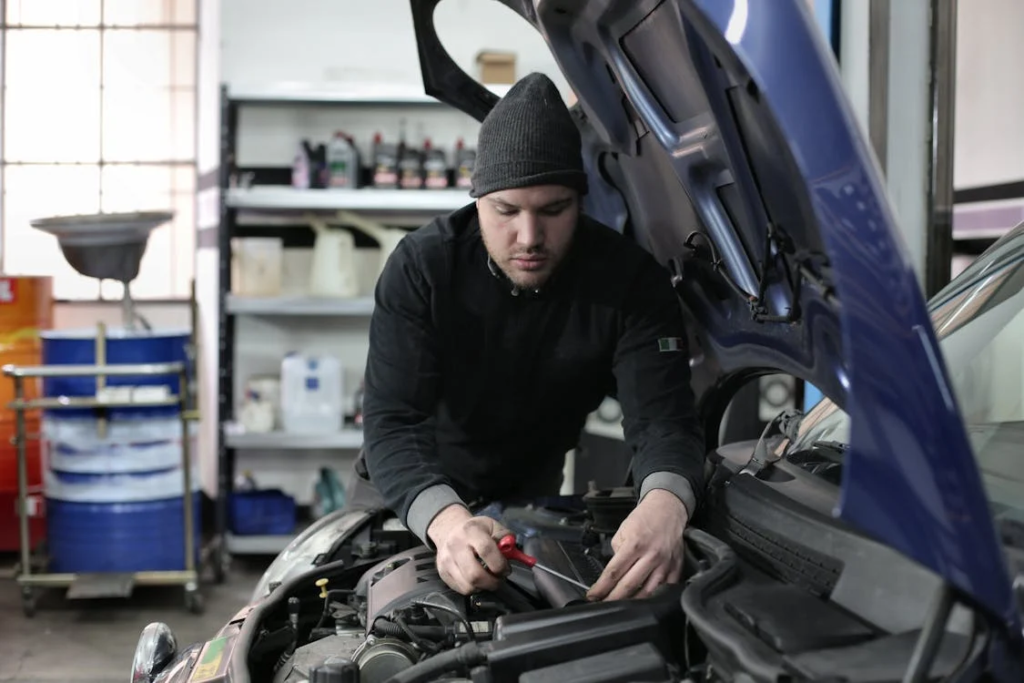Blog
Understanding Your Car's Dashboard Warning Lights
Imagine you’re cruising down the road, music playing, everything seems fine—until a mysterious light suddenly pops up on your dashboard. What does it mean? Is your car about to break down? Should you pull over immediately, or is it something you can ignore for now?
Your car communicates with you in many ways, and one of the most important is through dashboard warning lights. These lights might seem confusing at first, but they’re actually there to help you. By understanding what these car warning indicators mean, you can keep your car in good shape, avoid costly repairs, and most importantly, stay safe on the road.
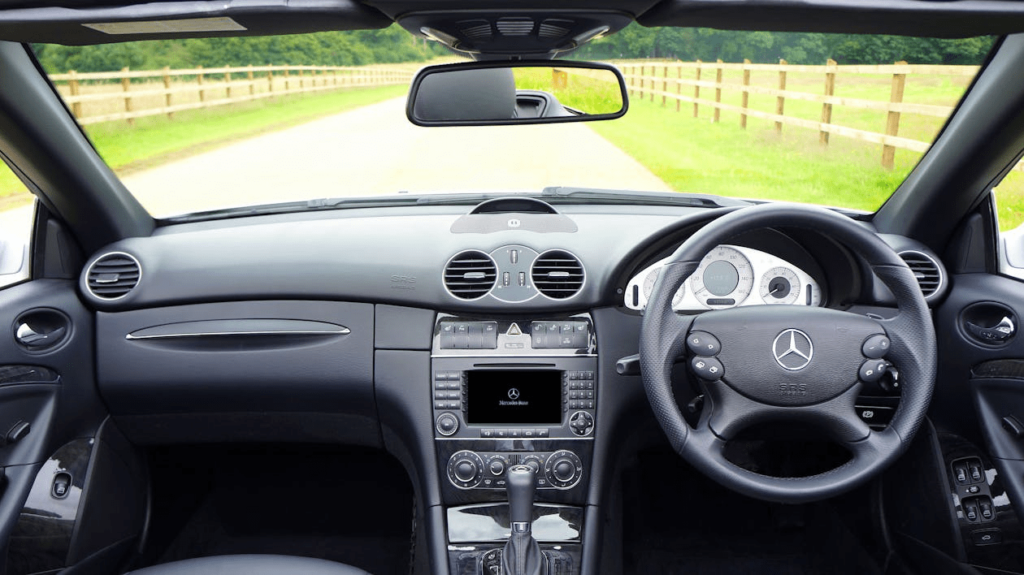
Why Do Dashboard Warning Lights Matter?
Think of your car as a high-tech assistant that constantly checks its own health. Whenever something isn’t working right, your car uses vehicle alert symbols to warn you. Some of these warnings are minor, like a reminder to fill up your gas tank. Others are serious, like a brake system failure. Ignoring these lights can lead to bigger problems, so it’s important to know what they mean and how to respond.
Let’s break down the most common dashboard warning lights and what you should do if you see them.
The Most Common Dashboard Warning Lights and What They Mean
1. Check Engine Light (Looks Like an Engine)
This is one of the most well-known car warning indicators, and it can mean a variety of things. Sometimes, it’s a minor issue like a loose gas cap. Other times, it could be a serious problem with your engine.
What to do:
- If the light is steady, check for simple issues like a loose gas cap. If that’s not the problem, schedule a mechanic visit soon.
- If the light is flashing, your engine may have a severe issue. Pull over safely and get help immediately.
2. Oil Pressure Warning (Looks Like an Oil Can Dripping a Drop of Oil)
Oil is essential for keeping your engine running smoothly. If this light appears, it means your oil pressure is low, which could lead to engine damage.
What to do:
- Pull over and check your oil level. If it’s low, add oil if you have some.
- If the light stays on even after adding oil, don’t drive any further—call for assistance.
3. Battery Warning Light (Looks Like a Battery with a Plus and Minus Sign)
This light means your car’s battery isn’t charging properly. A weak or dead battery can leave you stranded.
What to do:
- Turn off any unnecessary electronics (radio, air conditioning, etc.).
- Get your battery checked as soon as possible.
- If the car won’t start, you may need a jump-start or a new battery.

4. Brake Warning Light (Looks Like a Circle with an Exclamation Mark or 'BRAKE' Word)
Your brakes are one of the most important safety features in your car. This light could mean your brake fluid is low or there’s an issue with your braking system.
What to do:
- If the light stays on, check your brake fluid level.
- If braking feels different (soft, slow, or unresponsive), get your car checked immediately.
5. Tire Pressure Warning Light (Looks Like a Horseshoe with an Exclamation Mark in the Middle)
This means at least one of your tires has low pressure, which can affect how your car handles and even lead to a blowout.
What to do:
- Check your tire pressure using a tire gauge.
- Inflate any low tires to the recommended pressure.
- If the light keeps coming on, you might have a slow leak or puncture.
6. Coolant Temperature Warning (Looks Like a Thermometer in Water)
Your engine needs to stay at the right temperature to run properly. This light means it’s overheating, which can cause major damage.
What to do:
- Pull over and turn off the engine immediately.
- Let the engine cool before checking the coolant level.
- If coolant is low, add more if you have some, but never open a hot radiator.
7. Fuel Warning Light (Looks Like a Gas Pump)
This is a simple one—it means you’re low on gas.
What to do:
- Find a gas station as soon as possible.
- Don’t wait until the last minute to refuel, especially on long trips.

8. ABS Warning Light (Looks Like 'ABS' in a Circle)
The Anti-lock Braking System (ABS) helps prevent skidding when you brake. If this light comes on, the system may not be working properly.
What to do:
- Your brakes will still work, but they may not be as effective in slippery conditions.
- Have a mechanic check it soon.
What to Do When a Warning Light Comes On
Don’t Panic – Some lights are just reminders, while others require urgent attention. Stay calm and assess the situation.
Check Your Owner’s Manual – Every car is different, so your manual will explain exactly what each vehicle alert symbol means.
Respond Quickly – Some issues, like low tire pressure, can be fixed easily. Others, like overheating, require immediate action.
Get Professional Help When Needed – If you’re unsure about a warning light or if your car is acting strangely, visit a mechanic.
Preventing Dashboard Warning Lights from Appearing
While car warning indicators are helpful, it’s best to avoid them in the first place. Here’s how:
Keep Up with Maintenance – Regular oil changes, tire checks, and brake inspections help prevent problems before they start.
Pay Attention to How Your Car Feels – If something seems off (strange noises, weird smells, or changes in how the car drives), get it checked.
Don’t Ignore Small Problems – A small issue today can become a big, expensive problem tomorrow.
Don't Let Warning Lights Catch You Off Guard!
At Vancouver Auto Centre, we believe that knowledge is power when it comes to your vehicle. If you’re seeing dashboard warning lights or have concerns about car warning indicators, don’t wait—let our expert team diagnose the issue before it turns into a costly repair.
With 15+ years of experience and a commitment to honesty and quality service, we make car care simple and stress-free. Whether it’s a quick check-up or a complex repair, we’re here to help you drive with confidence.
Call us today to schedule an appointment!
RECENT POSTS
-
20 Oct 2025Suspension Maintenance in Vancouver: Why It Matters for Ride Comfort & Safety
-
20 Oct 2025Wheel Alignment Benefits: Handle Sharpening, Tire Life & Fuel Savings
-
29 Aug 2025How Preventive Maintenance in Vancouver Keeps Repair Costs Down
-
29 Jul 2025The Benefits of Using OEM Parts in Vehicle Repairs
-
28 Jul 2025Top Benefits of Professional Car Detailing Services
-
27 Jun 2025How Regular Maintenance Can Prevent Costly Repairs
-
27 Jun 2025The Impact of Suspension Wear on Vehicle Safety
-
02 Jun 2025How to Extend the Lifespan of Your Tires
-
02 Jun 2025The Importance of Regular Vehicle Diagnostics and Inspections
-
22 Apr 2025How to Identify and Address Brake Problems Early
-
22 Apr 2025Transmission Troubles: Common Issues and When to Seek Help
-
26 Mar 2025The Importance of Regular Oil Changes for Vehicle Longevity
-
18 Mar 2025Understanding Your Car's Dashboard Warning Lights




